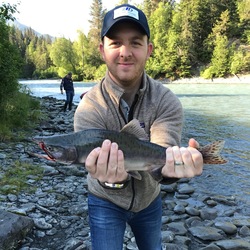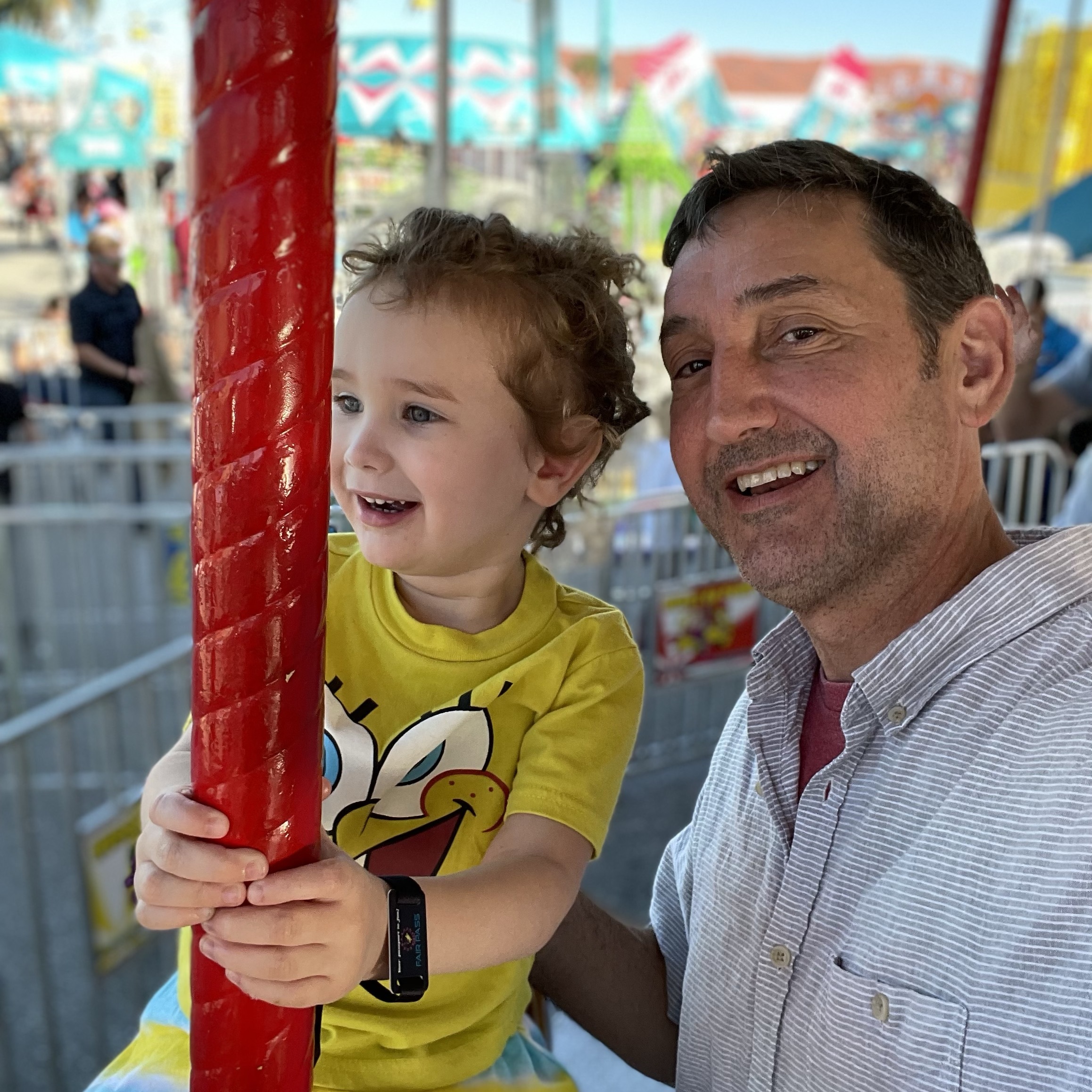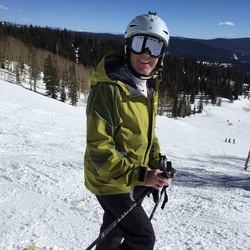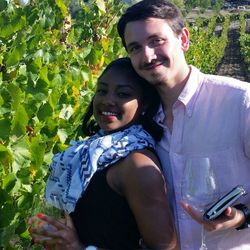Oak Bay Vineyard (st. Hubertus)
Château Figeac
St. Émilion Red Bordeaux Blend 2018
The 2018 Figeac continues to not put a toe, let alone a foot, wrong under head winemaker Frédéric Faye. The bottle is closed initially, and in fact it was only the following morning that it began to unfold and reveal its true character. Quintessential Figeac on the nose, it offers blackberry, briar, pencil shavings courtesy of the Cabernet Sauvignon, and touch of terracotta. Beautifully defined, as we have come to expect these days; I might well confuse it for a Pomerol. The palate is medium-bodied and has soaked up the 100% new oak. Lithe tannins render this more approachable than the Figeacs of yesteryear, yet it maintains the same DNA. Elegant and refined, it gently fans out with pure, slightly tertiary black fruit and traces of clove and bay leaf. To quote my conclusion from barrel, it is still "cool, calm and collected" on the finish. Divine. (Neal Martin, Vinous, March 2021)
— 5 years ago
Château Laffitte-Carcasset
Cru Bourgeois Saint-Estèphe Red Bordeaux Blend 2015
Saturday night and I have been requested to try this 2015 Château Laffitte-Carcasset St. Estéphe Bordeaux Blend. 70% Cabernet Sauvignon, 25% Merlot, 5% Cabernet Franc.
On the nose I am getting black cherry, black raspberry, plum, black currant, licorice, tar, spice, herbs, violet and smoky oak.
The palate reveals black cherry, black raspberry, black plum, black currant, violet, bay leaf, spice, herbs, licorice, a touch of oak and fresh tilled soil.
This wine has a full bodied sandy mouth feel with medium + acidity and medium + crunchy mouth coating tannins that leads to a long fresh finish. For a Cru Bourgeois this wine has it going on. A very nice St. Estéphe Medóc that I would recommend to anyone. Still a bit green and has another good 5-15 shelf life. I am glad it was recommended to me by a good friend and I would say is a good QPR. Enjoy your weekend and stay safe. Nostrovia! 🍷🍷🍷🍷 — 7 years ago
St. Supéry Estate Vineyards
Élu Napa Valley Red Blend 2019
St. Supéry – Élu Red Blend 2019
Napa Valley, California – USA 🇺🇸
Overview
Élu (“the chosen one” in French) is St. Supéry’s flagship red blend, crafted from their estate vineyards in Rutherford and Dollarhide Ranch. The 2019 vintage is predominantly Cabernet Sauvignon (≈68%), with Merlot (≈15%), Malbec, Petit Verdot, and Cabernet Franc completing the Bordeaux-inspired blend. It’s a wine that epitomizes both power and refinement, showing off the estate’s mastery of blending.
Aromas & Flavors
The bouquet opens with black cherry, cassis, ripe plum, and blueberry, interwoven with espresso, graphite, and a touch of violet. On the palate, dark fruits remain at the core, layered with cocoa, cedar, anise, and subtle tobacco. The blend strikes a beautiful harmony between ripe fruit richness and savory nuance.
Mouthfeel
Full-bodied and layered with polished, fine-grained tannins. There’s depth and density here, yet the wine remains elegant and balanced. The finish is long and persistent, lingering with flavors of blackberry, dark chocolate, and a whisper of bay leaf.
Winemaking Notes
The estate fruit is hand-harvested and sorted, with each varietal vinified separately before blending. Aged in French oak barrels (about 60% new) for 20 months, the oak influence adds texture and spice while preserving vibrancy.
Food Pairing
This wine sings with grilled ribeye, lamb chops, venison, or braised short ribs. For a vegetarian option, try mushroom wellington or truffle risotto. It’s also an excellent match with aged cheeses like Comté or Parmigiano-Reggiano.
Verdict
A commanding yet elegant Bordeaux-style blend from Napa, the 2019 Élu is polished, powerful, and beautifully expressive of Rutherford and Dollarhide terroir. Drink now with decanting, or cellar for 10–15 years to watch it evolve. Cheers! — a month ago
Château Ormes de Pez
Saint-Estèphe Red Bordeaux Blend 2009
My first bottle opening of a 2009 Bordeaux. We’ve tasted a number of 2009’s, this is the first one we’ve opened. Showing the glory of 2009, even in a lesser bottling. I’ll say it again, for the value buyer of Bordeaux’s, buy good producers second, third or other wines. 2009, perhaps, the best Bordeaux vintage since 1982.
Good first look to judge better more expensive, quality producers of 2009 Bordeaux wines for when to best open your first. I would say those need another 8-10 years more in bottle to have them fully shine to buying expectations.
Family member from the Jean-Michel Cazes family that brings us Lynch Bages.
The 2009 shows better on its own than with our Wagyu Ribcap.
It simply shows the elegant beauty of the vintage. It brings similarities to 1982.
It shows velvet tannins with ripe, ruby fruits of; blackberries, black raspberries, black cherries, poached strawberries & raspberries. Bay leaf, wet clay, dark spice with heat, limestone, dry, crushed rocks, nutmeg, clove, soft cinnamon & understated vanillin, black licorice, dry twig, spearmint, tough leather, dry tobacco, graphite, oak barrel shavings with fresh & slightly withering; dark, red, purple florals. Acidity for days. Straight up; lush, well knitted and balanced finish that persists nicely for minutes.
Photos of; Chateau Ormes de Pez, Saint-Estephe vineyard, inside the Chateau-breakfast room and their barrel room.
1/15/21 — 5 years ago
Château Montrose
Saint-Estèphe Cabernet Sauvignon Blend 2005
Tart black and blue fruit all over this wine. A little tense still but it expresses layer over layer of leather, dark chocolate, rain on asphalt/petrichor. Fresh bay leaf/green peppercorn green tones. Plenary of oak character but well integrated and used with taste. This bottle still needs time for me but will always be the pinnacle of the appellation. What a wine man. — 7 years ago
Château Branaire (Duluc-Ducru)
St. Julien Red Bordeaux Blend 2014
Chocolate brownie and mud puddle, baked mincemeat pie with light spicing, vanilla seed, coffee bean, thyme. Silky mouthfeel showing cherrywood and crispy bay leaf, earl grey tea, fallen oak, coffee soaked puffball mushroom, smoky pencil, peppercorn and lavender. A pleasure from end to end, and focused.
#branaireducru #bordeaux #grandcruclassé #grandcruclasséen1855 #stjulien #quatrèmescru — 4 years ago
Château Cos d'Estournel
Saint-Estèphe Red Bordeaux Blend 2002
Weekly Wine Committee. 1 sparkler, 3-4 whites, 3-4 reds and 1 dessert wine format. Served blind.
I called this left bank Bordeaux from the get go. It showed a ripe side at first but quickly settled in to some saddle leather, pepper, tar, tobacco and bay leaf. Power is in the mid palate and finish here as tannins were still strong. Black tea, black cherry, oak and a streak of greeness down the palate. No rush. — 7 years ago


As for tomorrow, a small group may meet at Classic. Tomorrow is actually my birthday so there’s a chance a get together will happen earlier in the day (the wine storage place’s social room is reserved after 5PM, so sometimes we meet from 2-5). Shoot me an email if you find yourself free. Shay.Aldriedge at gmail.com
Raen Winery
Cuvée Royal St. Robert Sonoma Coast Pinot Noir 2016
Medium to light mix of garnet and ruby red. Layered nose with rhubarb, twigs, very floral, cherries and a little toasty. Medium plus acidity (7/10) and light plus body. Builds up a bit on the palate in weight with notes of strawberries, raspberries, earthiness, and a little leather. Long finish while keeping the acidity and balance together. Drink till 2028. (92+)
Made up of 100% Pinot Noir from the Sonoma Coast AVA near the Bodega Bay. Aged in 10% new French oak (four year, air dried) and 90% neutral French oak barrels. Additionally, this bottling goes through extended maceration and is 80% whole cluster pressed. — 8 years ago








Freddy R. Troya
St. Supéry – Cabernet Sauvignon 2021
Napa Valley, California – USA 🇺🇸
Overview
100% estate-grown Cabernet Sauvignon, sourced entirely from St. Supéry’s sustainably farmed vineyards in Rutherford and Dollarhide Ranch. Known as one of the few Napa wineries to be fully estate grown and bottled, St. Supéry controls the process from vine to glass, which ensures both consistency and purity of style.
Aromas & Flavors
Aromatically expressive with black currant, blackberry, and ripe plum at the core, joined by hints of cassis, licorice, graphite, and bay leaf. On the palate, layers of dark cherry, cocoa, espresso, and a touch of baking spice unfurl, showing both ripeness and balance.
Mouthfeel
Medium to full-bodied, framed by firm yet polished tannins and lively acidity. The structure gives freshness without sacrificing depth, finishing long with notes of blackberry compote and savory herbs.
Winemaking Notes
The fruit is hand-harvested from estate vineyards, then carefully sorted before fermentation in stainless steel tanks. Aged predominantly in French oak (a mix of new and seasoned barrels) to achieve balance between oak influence and varietal purity.
Food Pairing
Classic Napa Cab fare: grilled ribeye, lamb with rosemary, or venison. Also pairs beautifully with truffle risotto or a wedge of aged cheddar.
Verdict
A true estate Napa Cabernet, marked by precision and balance. The 2021 vintage shows structure and energy, drinking well now with decanting but offering excellent aging potential over the next 8–12 years. — a month ago